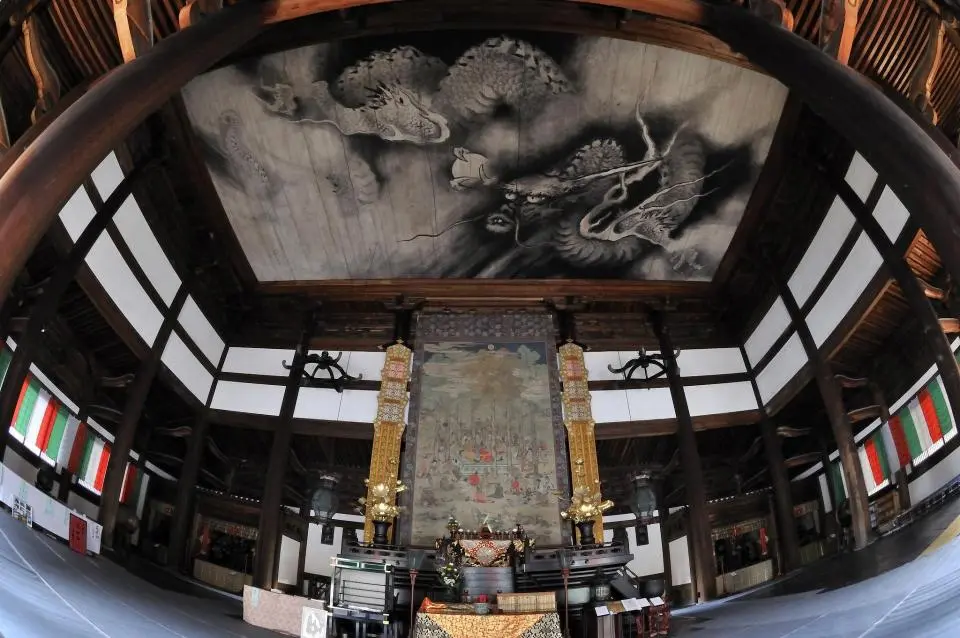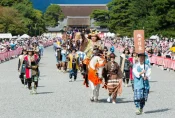Kyoto’s Nehan-e: Experience the Tranquility and Beauty of a Buddhist Ceremony Honoring Buddha’s Passing
Source: Kyoto Kanko Navi official site
In the heart of Japan, amidst the ancient temples and serene gardens of Kyoto, a unique Buddhist ceremony takes place each year, offering a glimpse into the profound teachings of Buddhism. This ceremony is Nehan-e, a solemn yet beautiful event commemorating the death of Buddha and his entry into Nirvana, a state of complete enlightenment and liberation from suffering.
The History and Meaning of Nehan-e
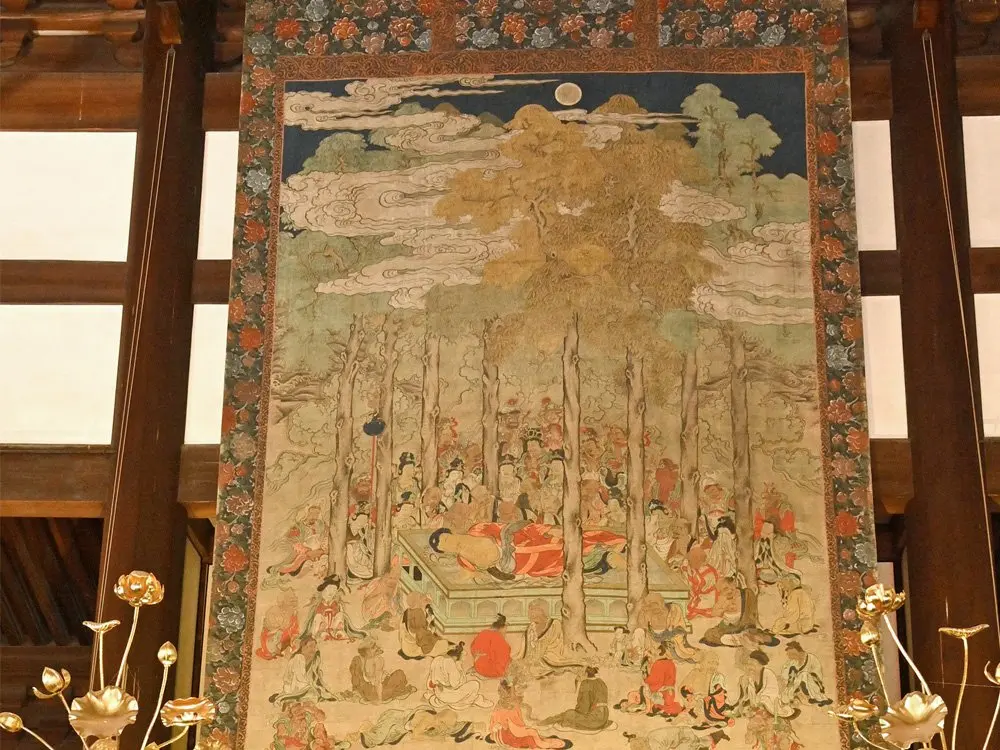
Nehan-e, also known as Nirvana Day, is observed on February 15th, the anniversary of Buddha’s passing. It’s a time for Buddhists to reflect on the impermanence of life and the importance of seeking enlightenment. The ceremony typically involves offering incense, chanting sutras (Buddhist scriptures), and viewing the Nehan-zu, a large painting depicting Buddha’s death surrounded by his disciples and various animals.
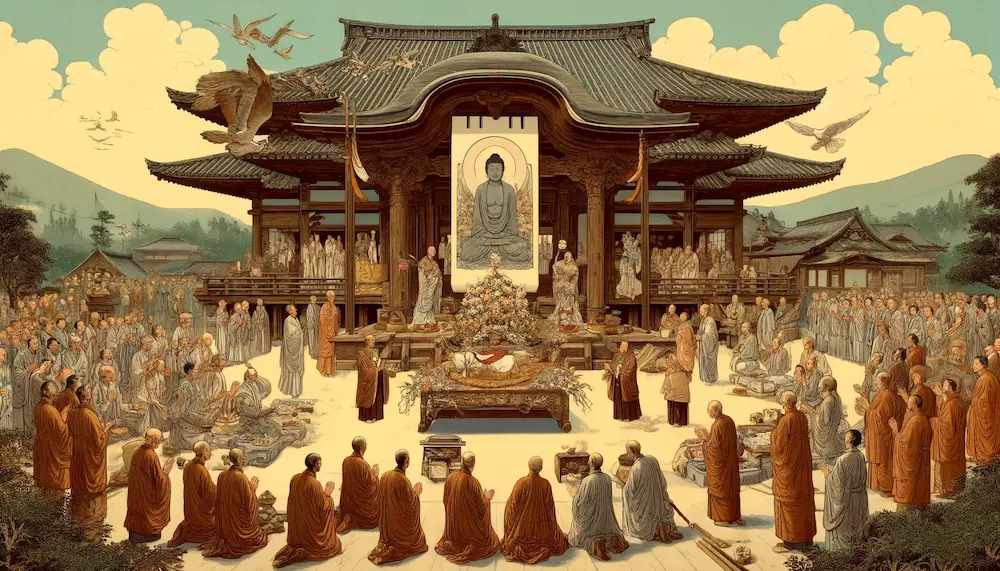
The Nehan-zu is a central element of the Nehan-e ceremony. These intricate paintings often depict Buddha lying on his right side, facing west, with a peaceful expression on his face. The surrounding figures and animals represent the diversity of life and the interconnectedness of all beings.
Kyoto’s Famous Nehan-e Ceremonies
Kyoto, with its rich Buddhist heritage, is home to several renowned temples that hold elaborate Nehan-e ceremonies. Two of the most famous are:
1.Tofuku-ji Temple
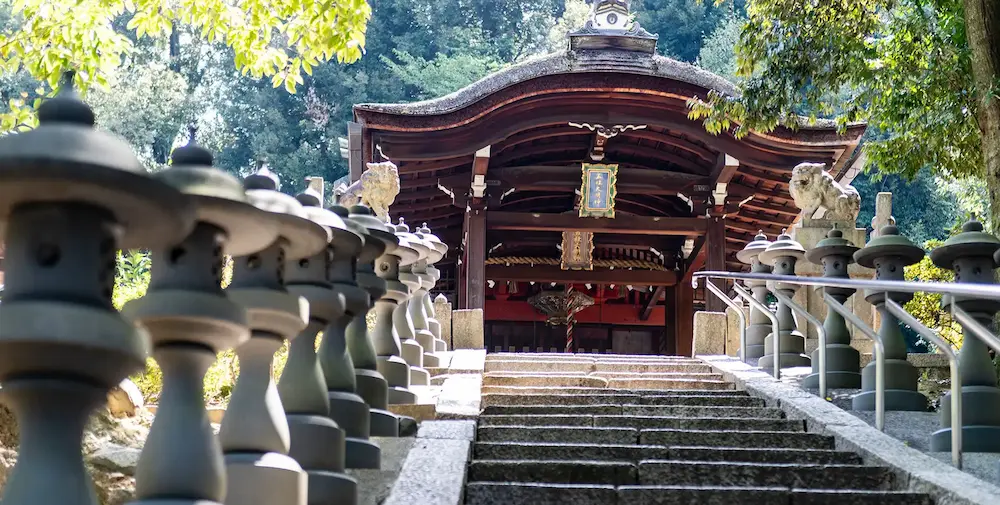
This temple houses a massive Nehan-zu, measuring 16 meters long and 8 meters high, making it one of the largest in Japan. The ceremony here is a grand affair, attracting thousands of visitors each year.
2.Sennyu-ji Temple
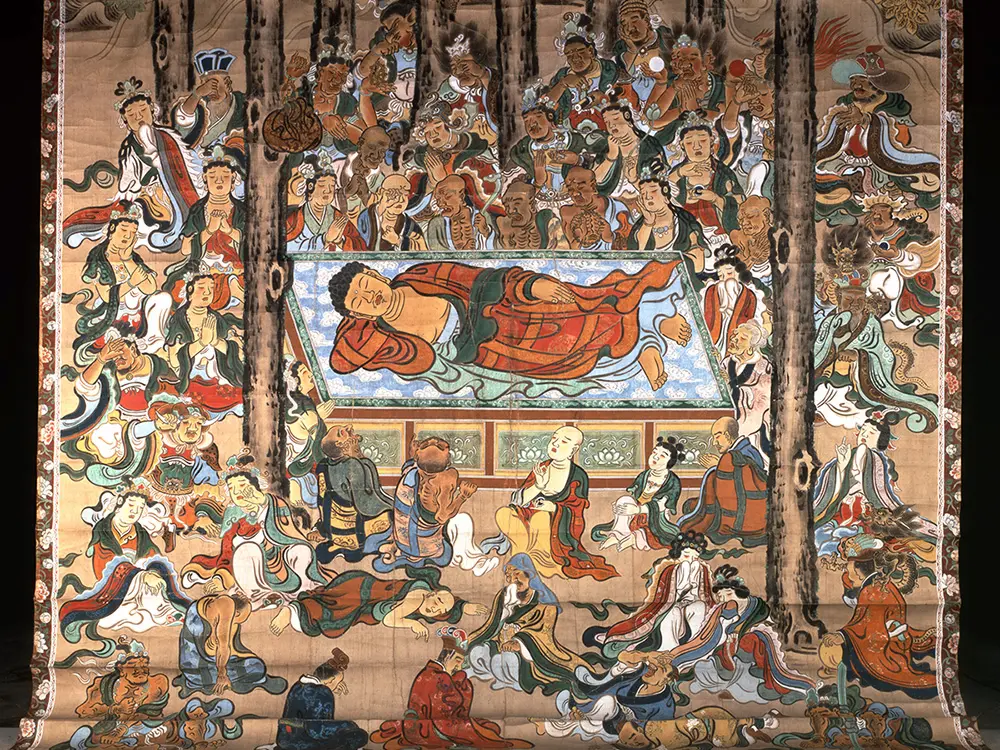
Known for its beautiful gardens and historic buildings, Sennyu-ji Temple also holds a significant Nehan-e ceremony. The temple’s Nehan-zu is smaller than Tofuku-ji’s but equally impressive, with intricate details and vibrant colors.
Why You Should Experience Nehan-e in Kyoto
Attending a Nehan-e ceremony in Kyoto is a unique and moving experience. The serene atmosphere, the chanting of sutras, and the contemplation of the Nehan-zu create a sense of peace and tranquility. It’s a chance to step back from the hustle and bustle of daily life and connect with something deeper.
Even if you’re not Buddhist, Nehan-e can be a meaningful experience. It’s an opportunity to learn about a different culture and tradition, to reflect on the cycle of life and death, and to appreciate the beauty and artistry of the Nehan-zu.
Tips for Attending Nehan-e in Kyoto
- Dress respectfully: Nehan-e is a solemn ceremony, so dress modestly and avoid wearing revealing or flashy clothing.
- Arrive early: Nehan-e ceremonies can get crowded, especially at popular temples like Tofuku-ji. Arrive early to secure a good spot.
- Observe silence: During the ceremony, maintain silence and avoid distractions like talking or taking photos.
- Show respect: Be mindful of the rituals and customs of the ceremony, and follow the instructions of the temple staff.
Conclusion
Kyoto’s Nehan-e ceremonies offer a unique opportunity to experience the tranquility and beauty of Buddhist traditions. Whether you’re seeking spiritual solace, cultural immersion, or simply a peaceful escape from the everyday, Nehan-e is an event that will leave a lasting impression. So, if you’re in Kyoto in February, consider attending a Nehan-e ceremony and immerse yourself in this ancient and meaningful practice.
Reviews
There are no reviews yet. Be the first one to write one.
